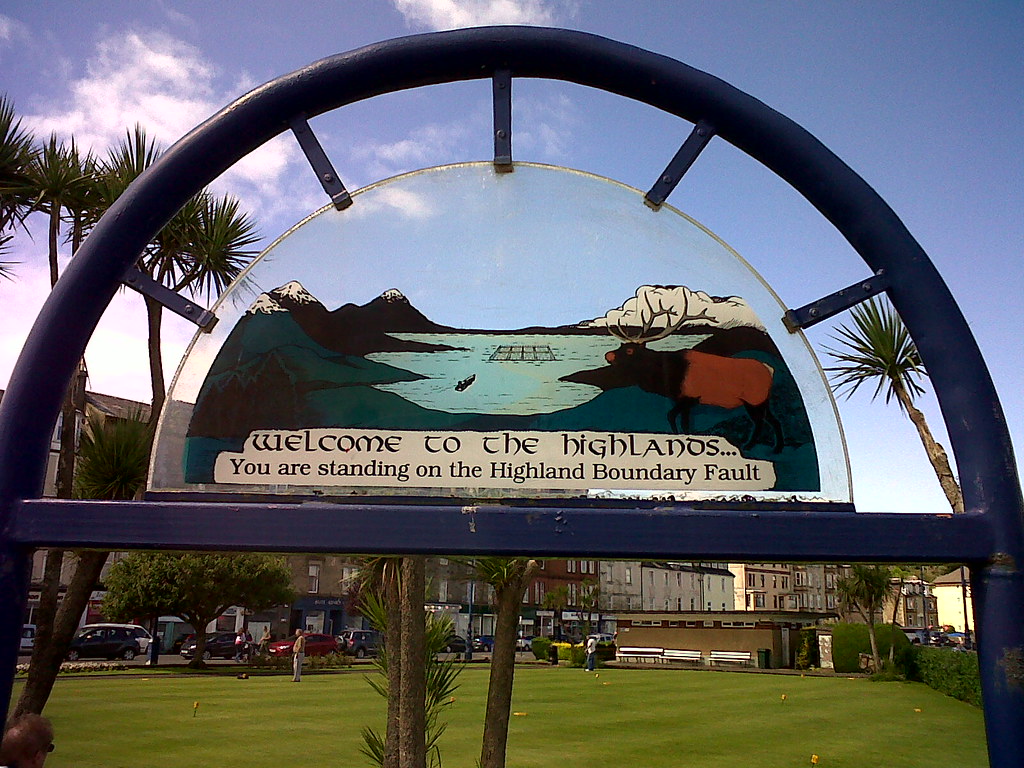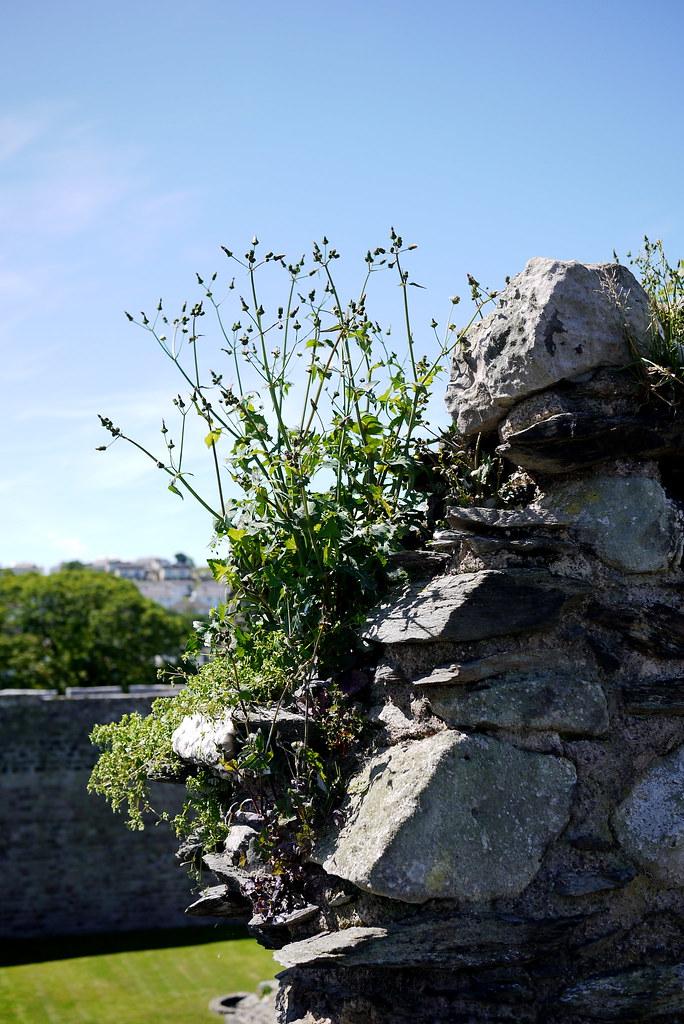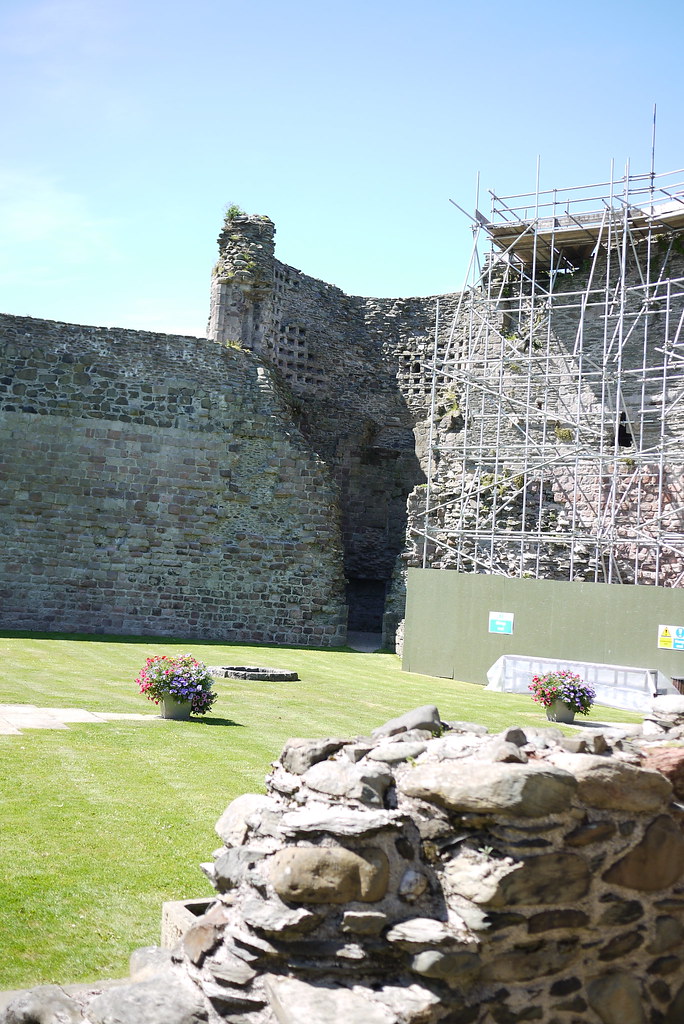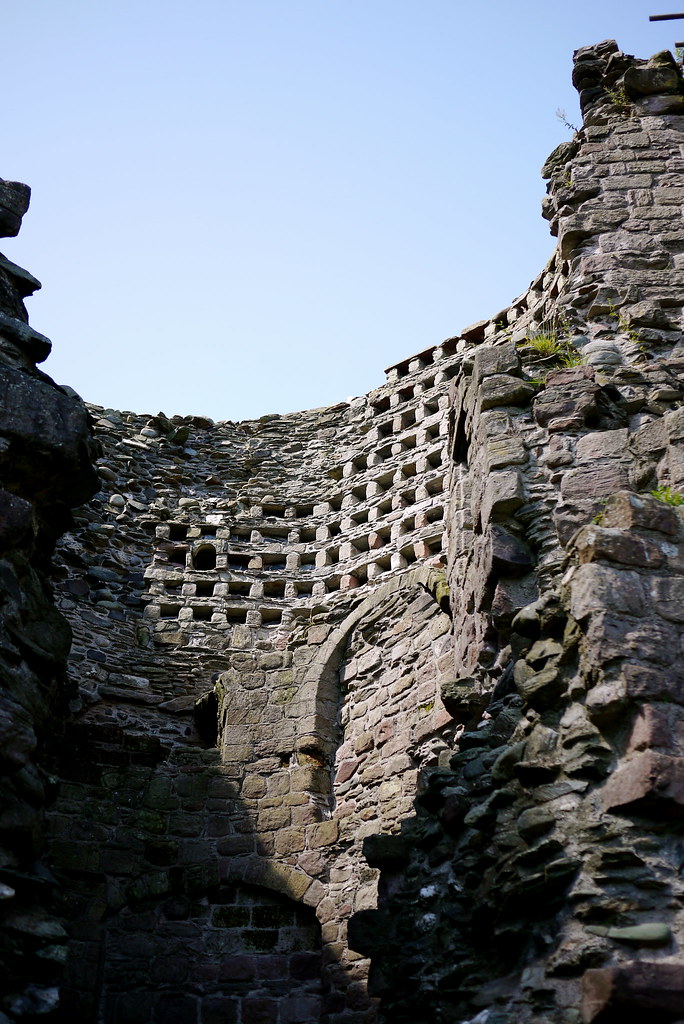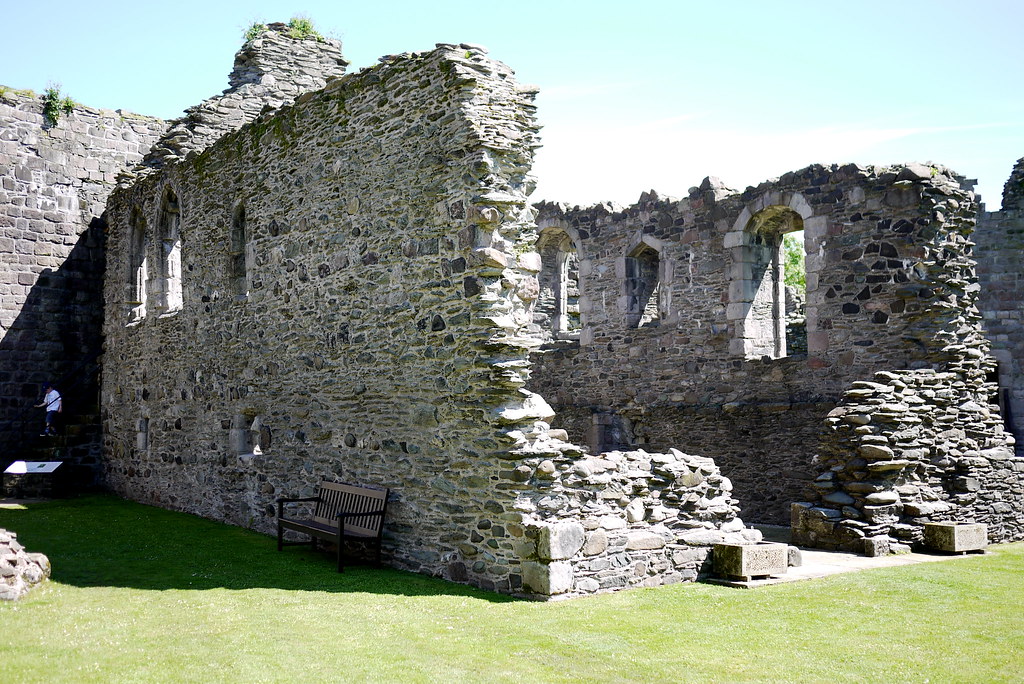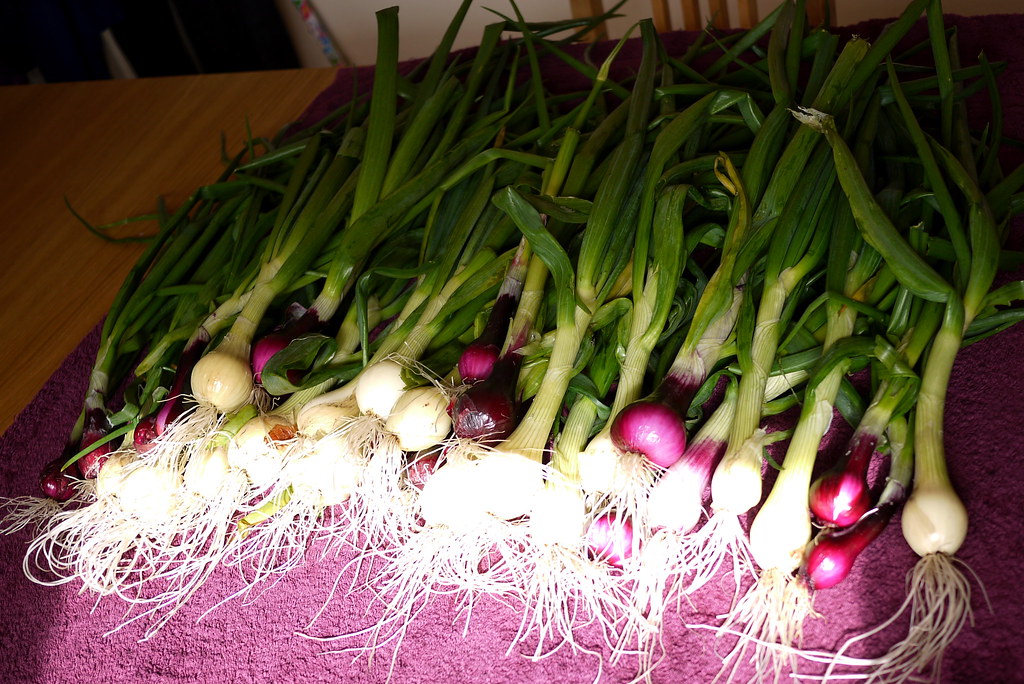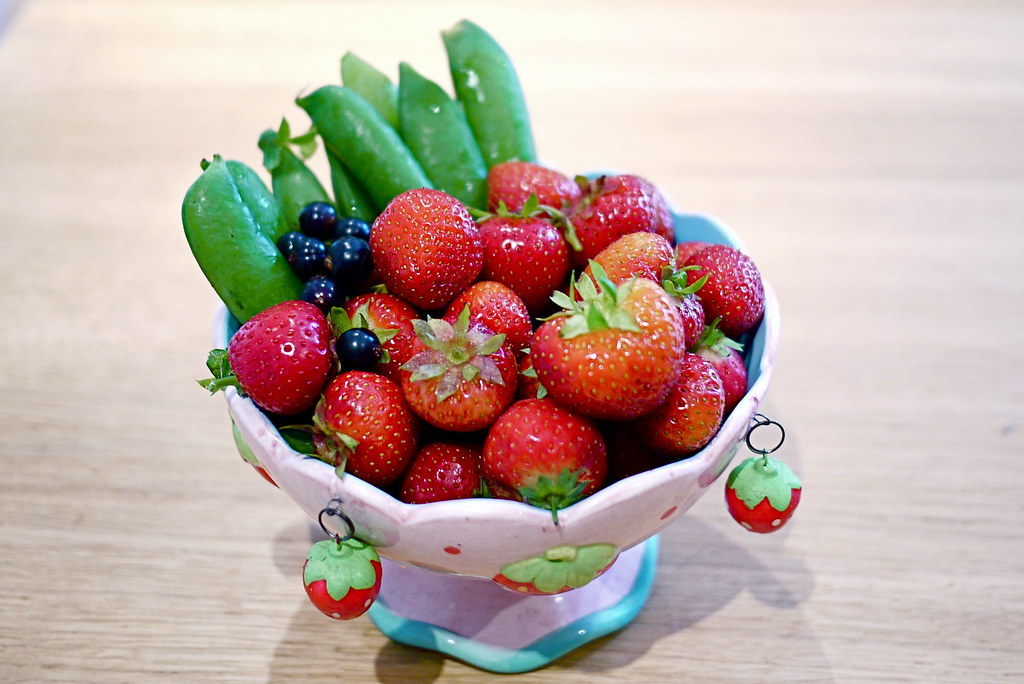Summer is definitely coming to an end, and it feels like the seasons are changing much earlier than usual this year. The leaves on horse chestnuts are already starting to turn reds and yellows, and some other trees around the place are changing too. The seaweed is coming up onto the beach in piles:
And the rainy weather is starting to get a bit of bite and fury to it.
Seeing as it was the first time I've managed to get to the beach since Midsummer, though, it was time to pay my respects to Manannán. As with previous years, Rosie insisted on finding a special stone. Last year she picked up a tiny heart-shaped stone with pink flecks in it; this year, she found a larger heart-shaped stone with white flecks in it. "Like a cow!" she decided. And so it was declared that it was obviously for us, because mummy likes cows.
As usual, the kids made a collection of stones and sea glass they liked, we built sandcastles and had a wee snack, took a turn over the rocks so I could make my offerings, and let the dogs run around mental and rescue sticks from the water (after four years, Mungo finally found the courage to go swimming and rescue a stick himself, even).
And while I was combing the beach, I found this:
Out of habit I tend to call them hag stones because that's what I've always known them as, but I suppose in order to be authentic I should call them
mare stanes. They are stones typically found on the beach or river-bed, with a natural hole through them. A mare stane will keep away nightmares or being
hag-ridden, if you hang them above your bed or wear one, and they are also a good preventative against disease or witchcraft, and are often found hanging in byres or stables to protect cattle and horses for the same purpose as people might hang them in the home, or wear them. McNeill doesn't have much to say about them, but she does note that stones of rock crystal (quartz) often had holes put through them to be worn about the neck as protection against the
Evil Eye and
witchcraft.
The Brahan Seer had a stone with a hole in the middle - the stone being described as white (or blue) and smooth - which is said to have been a gift from the
daoine sìth. It is said that he could 'see things' if he looked through the hole; he could "see into the future as clearly as he could remember the past, and see men's designs and motives as clearly as their actions." Unfortunately for Coinneach Odhar, the Brahan Seer, things didn't work out so well for him. Apparently his accuracy as a seer meant that when he confirmed a lady's husband was away having an affair, she was so upset that she accused him of witchcraft. Before his execution, the Brahan Seer threw the stone into a loch after one final - and terrible - prophecy.
For some reason
Wikipedia conflates them with adder stones, but I really don't think that's right. Every source I have lists them separately, with hag stones or mare stanes being any kind of rock with a natural hole in it from the beach or river, and
adder stones (or
clachan naithaireach as Black lists it, while John Gregorson Campbell and others give '
clach nathair') being somewhat mysterious in form and origin. Adder stones are usually described as being greenish in hue, and are believed to be some kind of secretion of adders, although Hugh Cheape, the former principal curator at the National Museum Scotland identifies them as simply being spindle-whorls, "lost or discarded and subsequently picked up." There are also such things as adder beads or glass (
glaine nathair), and from the description Black gives, I would guess some of the adder beads are probably actual beads made from glass or enamel, that were found in the same way as the old spindle-whorls. Adder stones can offer protection against witchcraft as well, but are generally used for healing purposes. Gregorson Campbell describes them as "Of all the means of which superstition laid hold for the cure of disease in man or beast, the foremost place is to be assigned to the serpent stone (
clach nathrach), also known as called the serpent bead or glass ((
glaine nathair)." Unlike mare stanes, they don't offer protection from nightmares or being 'hag ridden,' but they are the go-to cure for snake bites in particular (the only potentially deadly snake in Britain being the adder), amongst more general cures.
There are also such things as snail beads (
cnaipein silcheig) and frog or toad stones (
clach nan gilleadha cràigein). The snail bead is said to be produced by the at least four snails who form them into a mass and somehow "manufacture" the stone between them and is described as being "a hollow Cilinder of blue Glass, composed of four or five Annulets: So that as to Form and Size it resembles a midling
Entrochus." It can be used as a cure for sore eyes and breakouts of tetter on the mouth, but also serves to protect against danger. The frog stone, on the other hand, seems to have been a fossilised tooth known as
bufonite, although popular belief held that it was formed in a frog or toad's head. Its main value was as a protection or antidote against poison.
I have a few mare stanes now so I might work the smallest of them into a charm I can wear; the one I found yesterday is way too big to wear - it seems to be a mixture of quartz and mica layers - so it's sat on my shelf at the moment. Maybe I'll hang it above the front door at some point, to keep my rowan company. The heart-shaped stones I seem to be collecting now might make good charm stones too; healing stones were often chosen for their shape, being sympathetic to whatever it was they were supposed to cure.
Further Reading:
George F. Black's
Scottish Charms and Amulets
F. Marian McNeill's
The Silver Bough Volume I: Scottish Folk-Lore and Folk-Belief
Ronald Black's
The Gaelic Otherworld
Hugh Cheape's 'From Natural to Supernatural: The Material Culture of Charms and Amulets', in
Fantastical Imaginations: The Supernatural in Scottish History and Culture, edited by Lizanne Henderson





